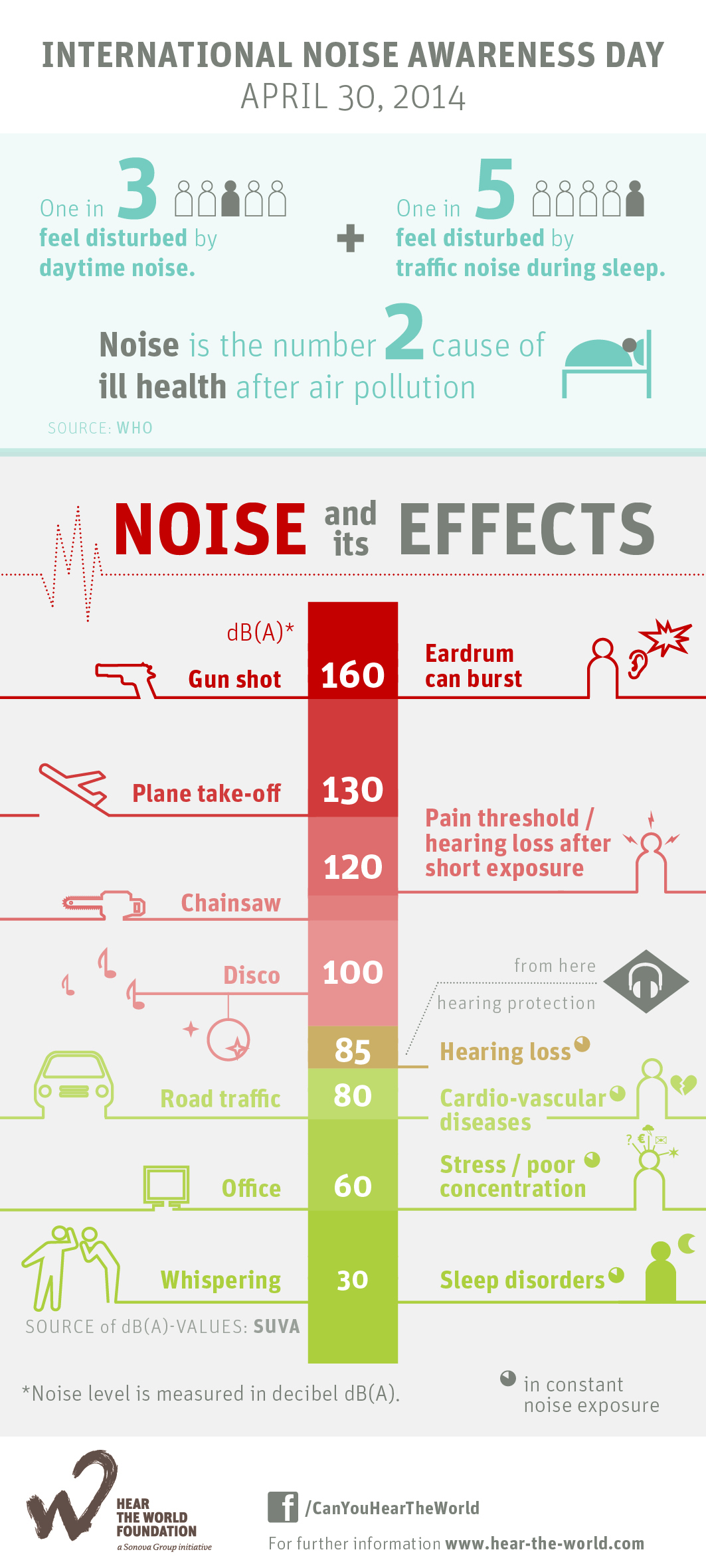Key Techniques For Resolving Acoustic Processing Problems In Dyslexia Can Change Learning Experiences-- Find What Methods Can Truly Promote Success And Self-Confidence
Key Techniques For Resolving Acoustic Processing Problems In Dyslexia Can Change Learning Experiences-- Find What Methods Can Truly Promote Success And Self-Confidence
Blog Article
Writer-Bock Sykes
When you take into consideration the challenges that dyslexic learners encounter, it's clear that auditory processing problems commonly play a significant role. You might wonder how customized strategies can bridge the gap between acoustic directions and comprehension. By integrating aesthetic help and damaging tasks right into workable actions, you can enhance focus and understanding. However, the solutions don't stop there. What various other techniques can produce a really helpful understanding environment that cultivates success and confidence?
Understanding Dyslexia and Auditory Processing
Dyslexia affects about 1 in 5 people, making it among one of the most usual learning impairment. If you're browsing dyslexia, you might find that it does not just effect analysis and writing; it can likewise affect exactly how you process acoustic details.
Acoustic processing refers to exactly how your mind analyzes audios, including language. When you fight with this, it can cause obstacles in understanding spoken directions and adhering to conversations.
You might discover that you typically misunderstand what you hear or that it takes longer for you to react in discussions. This isn't a representation of your knowledge; it's a certain problem related to refining acoustic signals.
Recognizing this connection is critical because it aids clear up why you might master aesthetic tasks while encountering hurdles in tasks that count on acoustic understanding.
Identifying these obstacles can empower you. By comprehending processing disorder of dyslexia and auditory processing, you can better support for your needs, whether in educational settings or social situations.
It's vital to recognize these issues so you can seek the best assistance and techniques in the future.
Efficient Methods for Support
Navigating the difficulties of acoustic processing can really feel frustrating, but there are effective strategies that can assist you prosper.
By implementing these methods, you can enhance your understanding experience and enhance your capability to process acoustic information.
- ** Make use of visual help **: Combining acoustic directions with aesthetic assistances, like charts or representations, can significantly boost understanding.
- ** Damage tasks right into smaller actions **: Streamlining instructions into convenient portions permits you to focus and process details more effectively.
- ** Exercise energetic listening **: Engage in exercises that motivate you to listen attentively, such as summarizing what you've listened to or asking concerns for clarification.
- ** Incorporate technology **: Make use of applications or software application created to assist with auditory processing, such as speech-to-text tools or audiobooks, to strengthen knowing.
Creating Helpful Understanding Atmospheres
Creating an encouraging learning setting is vital for assisting people with acoustic handling challenges succeed. Start by lessening diversions in your classroom or learning space. Use acoustic panels or soft furnishings to soak up audio, which can help students focus much better. Ensure seating plans enable clear sightlines to the educator and any aesthetic help.
Next, integrate clear and concise communication. Speak gradually and use easy language, looking for recognizing frequently. Encourage students to ask concerns if they're not sure. check out this site like charts, layouts, and written instructions can improve comprehension and retention.
Furthermore, promote a culture of perseverance and understanding among peers. Instruct trainees regarding auditory processing concerns, promoting compassion and assistance. Team activities can be useful; just make sure that functions are clear and that students work together to sustain each other.
Lastly, offer normal feedback. Commemorate development and achievements, despite just how little. This inspiration constructs confidence and enhances the concept that discovering is a journey.
Conclusion
In your journey to enhance learning for individuals with dyslexia, think of each method as a stepping rock throughout a river. By weaving together acoustic and visual aids, breaking tasks into bite-sized items, and nurturing an encouraging setting, you aid create a bridge to understanding. Keep in mind, fostering compassion among peers and interesting family members can light the path to success. With patience and commitment, you'll equip students to overlook obstacles, changing their struggles right into toughness.
